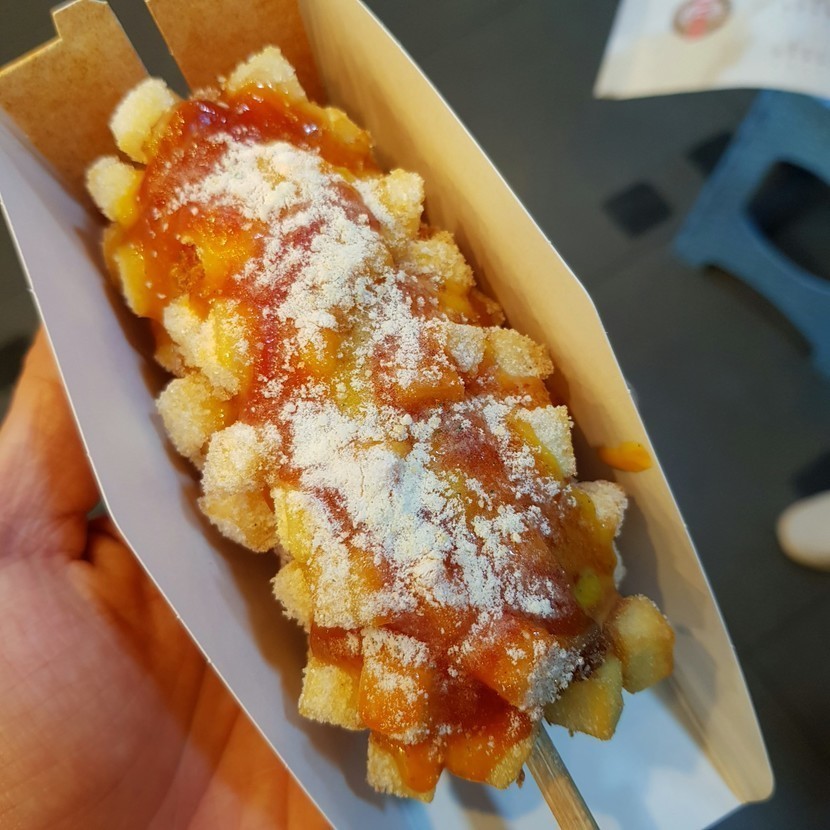Looking back on my learning journey for the semester, my most valuable takeaway was that the experience of learning a language can be enjoyable and far more effective than the ways I have learned in the past. In the process of learning Spanish through middle school, high school, and college, I rarely found myself getting excited about my progress. I was interested in learning about culture, and I wanted to be comfortable making casual conversation in the target language but getting tested relentlessly on grammar and vocabulary made me fall out of love with the process of learning a language.
My experience with Dutch was much different and more positive. Instead of stressing about the exact vocabulary and grammatical words, I felt I could take my time and absorb the information as it came. The freedom to use topics that I already enjoy, like soccer, to learn a target language was a significant motivator. I found that consistency was the most important factor in becoming more comfortable with Dutch. In past experiences, I would avoid my target language until the night before a big test or quiz, then spend the night studying to get a good grade. Because my studies with Dutch were self-directed, I was much more motivated to devote time to learning daily. Whether it be 10 minutes or an hour a day, when I began immersing myself in the target language a little bit each day, I found my progress to increase greatly.
At the beginning of my learning journey, I was a bit too optimistic with the progress I was going to make throughout the semester. I planned on focusing my efforts on speaking and listening, and I wanted to be comfortable reading Dutch. Writing was never my priority, but I thought I would be able to write at a beginner level. At the end of the semester, I did not accomplish all the goals I set for myself. I am improving daily with speaking and listening, but I am not sure how long I could keep a casual conversation in Dutch. I can speak and write basic phrases, but nothing complex. When listening, I can pick out phrases and words that I know, but I easily zone out and miss details. However, I am not disappointed; I am very proud of my progress. Because I am enjoying the process, I know I am much more likely to continue my journey of leaning my target language, and that is very motivating. I hope to continue my journey of understanding how I learn best as I continue learning Dutch.
The content provided throughout the course were more beneficial than I expected. Understanding how sounds are formed helped me understand why I was struggling with certain sounds in Dutch, and it gave me confidence to keep trying. Learning about the structure of languages- syntax, morphemes, words etc. made me consider how my target language was structured and helped me identify patterns. SDLAP 105 taught me a lot about myself this semester. Thank you for a great semester!


